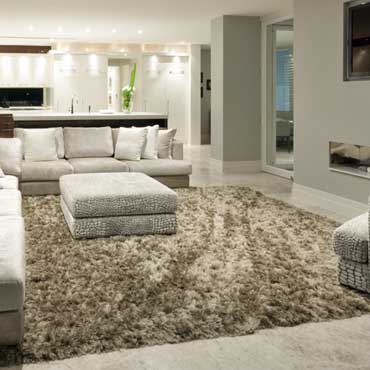

 Ryas Rugs are traditional Scandinavian rugs, originating from Finland and Sweden, known for their long, shaggy pile that creates a warm and luxurious texture. These rugs are typically hand-knotted with wool, giving them a thick, soft feel that is ideal for colder climates. Ryas rugs are characterized by their deep pile, which historically ranges from one to three inches in length, making them particularly plush and comfortable underfoot. The designs on Ryas rugs are often simple and geometric, with a focus on harmonious color blends that add a subtle decorative element to any space. These rugs are valued not only for their aesthetic appeal and comfort but also for their craftsmanship and durability, making them a cherished home accessory in Nordic and modern interiors alike.
Ryas Rugs are traditional Scandinavian rugs, originating from Finland and Sweden, known for their long, shaggy pile that creates a warm and luxurious texture. These rugs are typically hand-knotted with wool, giving them a thick, soft feel that is ideal for colder climates. Ryas rugs are characterized by their deep pile, which historically ranges from one to three inches in length, making them particularly plush and comfortable underfoot. The designs on Ryas rugs are often simple and geometric, with a focus on harmonious color blends that add a subtle decorative element to any space. These rugs are valued not only for their aesthetic appeal and comfort but also for their craftsmanship and durability, making them a cherished home accessory in Nordic and modern interiors alike.
Disclaimer: The information provided in this article is for general informational purposes only. While we strive to ensure the accuracy and reliability of the information presented, we make no warranties, express or implied, about the completeness, accuracy, reliability, suitability, or availability with respect to the content. Any reliance you place on such information is strictly at your own risk. We recommend consulting with professionals for specific advice tailored to your project’s needs, particularly regarding building codes, regulations, and product specifications.
Under no circumstances shall we be liable for any loss or damage, including without limitation, indirect or consequential loss or damage, arising from the use of, or reliance on, the information provided in this article.